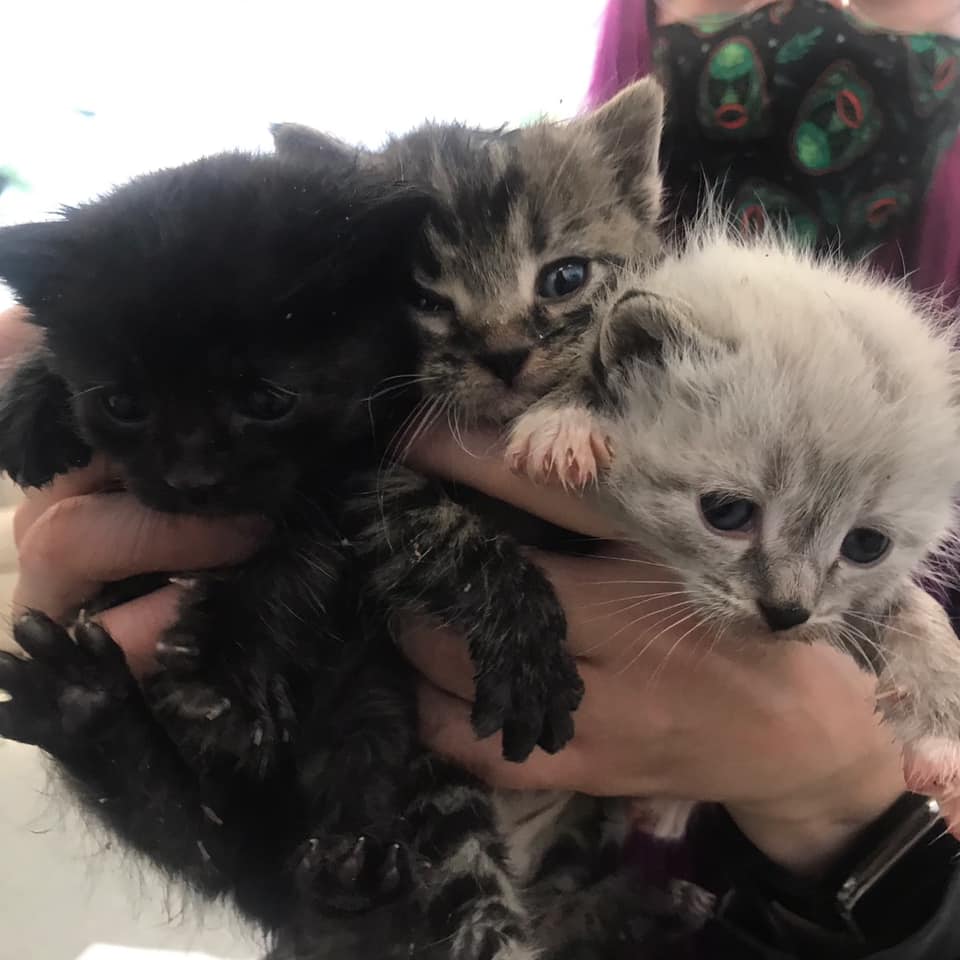News, ideas & inspiration from industry leaders

COVID-19 A Year Later: Q&A with Metro Denver CAT
Earlier this year, we shined a spotlight on Metro Denver CAT. This model coalition conducts TNR and connects residents with spay/neuter and wellness resources for both owned and community cats. You can listen to the short, recorded webinar about the program here. We recently checked in with Project Manager Anna Murrin, who reflected on the past year and shared the coalition’s plans for the future.
The Association: What was the immediate impact of COVID-19 on Metro Denver CAT‘s work? How did you respond as an organization?
Anna Murrin: Our spay/neuter clinic partners were closed for 2 months during the spring lockdown, and our team was required to work from home as well. We had prepared for this scenario in the weeks before these restrictions went into effect, so we had a list of projects to work on remotely.
As the shutdown coincided exactly with the beginning of kitten season in Denver, our main service to clients during this time was a Kitten Season Hotline. We encouraged folks from the community to keep an eye out in their neighborhood for litters and recorded caller contact info for a wait list. We also helped them troubleshoot any immediate concerns while our help was not physically available. This way we didn’t lose valuable community contacts, and we had a good list of clients to help as soon as we were able to open back up. We also used that downtime to complete some projects that fall to the back burner during busy times (website edits, creation of infographics, etc). And, we were able to put more energy behind our spring donation drive that resulted in 100% increase in funds raised!
The Association: Once you were able to get back to the office, how did you modify services?
Anna Murrin: After the immediate fallout from shutdowns, we were able to return to the office, but our core door-to-door outreach program was obviously not possible. The timing for this worked out okay, as we were very busy responding to calls and incoming client requests for help with kittens, as well as the spay/neuter backlog resulting from the shutdown. We were able to keep on pace with our usual client load and hit our surgery number goals throughout the summer. We noticed that as people were spending more time at home, they were more aware of cat activity in their areas. Requests for traps have increased greatly this year.
The Association: Looking back, were there any insights that surprised you?
Anna Murrin: One benefit to our program is that it was straightforward to conduct most of our field work in a socially distanced way. TNR is a great pandemic activity it turns out! Trapping cats is done outside, and we did not need to come in close contact with the public for this. We answered questions over the phone instead of talking face-to-face with trapping clients. We did modify some of our operations to eliminate the need to go into homes for pet cat pick-ups, and restricted access to our building from the public, but those were mostly very minor changes. We made sure to keep the lines of communication open with our small staff, so that we all felt safe with operational modifications.
The Association: As fall and winter brought on a second wave, what work were you able to continue?
Anna Murrin: As the second wave of COVID hit and impacted access to surgery, we again slowed down operations and were having to place clients on wait lists. It’s difficult to not be able to help clients immediately as we normally would. But this lack of access drives home to me the continued need for widespread free spay/neuter access. Our clients are struggling in many ways right now and although the animal welfare field has made amazing progress with spay/neuter we not clearly not done focusing in this area.
The Association: Any other big takeaways for the year? What are your plans for going forward?
Anna Murrin: We have definitely learned how important it is to stay flexible, and we carry that lesson over into 2021. We are anticipating not being able to resume door-to-door outreach until the second quarter, so we’ll try our best with a modified outreach approach to include focused mailers and social media ads and online community meetings. It won’t be ideal, but what is in our current reality? As long as we can keep moving forward and keep our staff and clients safe, we feel good about how we’ve been able to adapt.
Learn more
Metro Denver CAT on Facebook
Webinar: Creating a Network of Care Options for Cats


